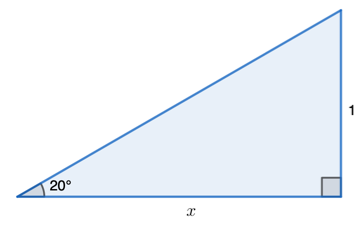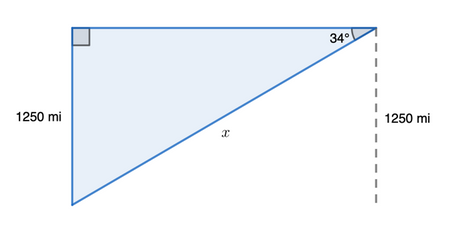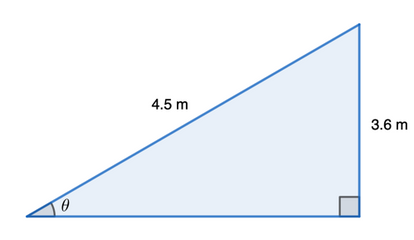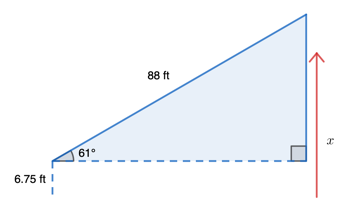What is an angle of elevation/depression?
Let’s say that you are looking at a plane flying in the sky. In this example, the angle of elevation would be the angle made between the object and the horizontal line made at your eye-level, like in the diagram below:
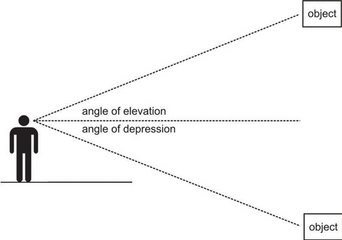
On the other hand, an angle of depression can be considered its reverse: if you were the pilot looking down at a person on land, then the angle of depression is the angle between the person on the land and the horizontal line at your eye-level, like in the diagram above.
How to use this concept?
There are many ways one can use this concept. To begin, when an angle of elevation or depression is made, a right-angled triangle is also made, making concepts of trigonometry and Pythagorean theorem applicable. However, in angle of elevation and depression problems, trigonometry is more of a used concept since it includes angles.
If we are given the angle of elevation or depression in a problem and one of the sides of the triangle, we can use trigonometry to find other sides or lengths of the given triangle. Sometimes, trigonometry and angle of elevation/depression can be an intermediate step to find other distances such as the distance of a bird in a tree or the distance between boats.
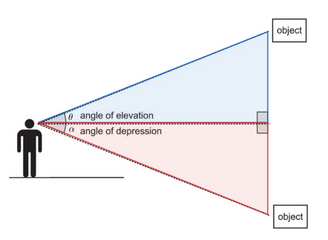
Equations pertaining the red and blue triangles both stem from trigonometry except the difference is that each triangle reference different sides and the angles are different,
So, as you can see, knowing two of the variables, you can easily solve for another variable. Sometimes, you might be asked to find the angle of elevation/depression or a particular distance between two objects.

